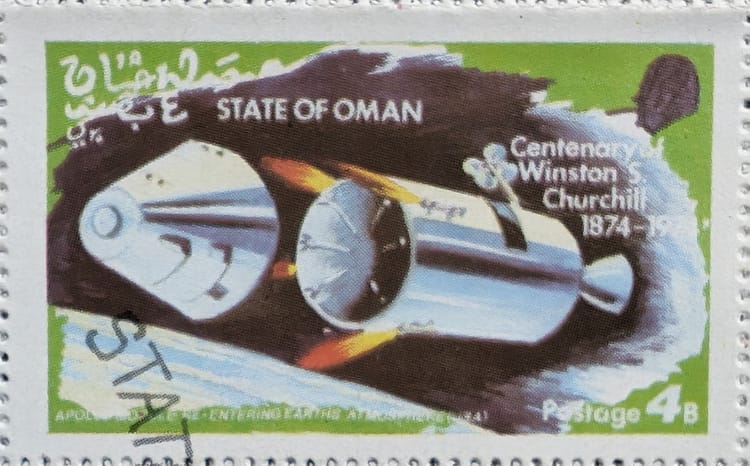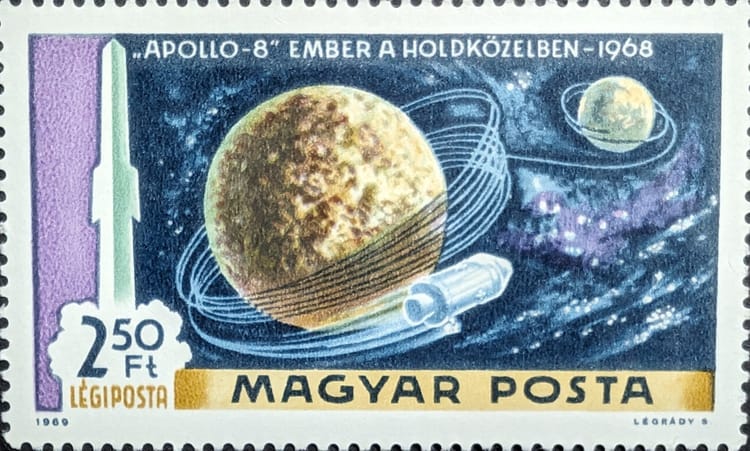Did…well…enough: Starliner’s Mixed Success

With Starliner’s first crewed launch upcoming, it’s time to look at past analyses to get some ideas for the capsule’s future (especially since others are now asking the question). A few have documented how Boeing’s management orchestrated the company stepping on its own rakes so often during Starliner’s development that it fell behind SpaceX.
Competing with SpaceX from behind is not a good place for a legacy company like Boeing. The challenges won’t improve if Boeing’s aircraft division management is anything to go by. Merely by being Boeing, the company has stamped away any path Starliner might have had for commercial prospects.
Human Spaceflight–Commercially Viable?
Two years ago, Boeing successfully conducted Orbital Flight Test 2. At the time, I foolishly believed that OFT-2’s success meant that Starliner would finally soon be used as it was designed to do: safely carry humans to and from the International Space Station. But that’s all it would do, for reasons spelled out in the analysis. One of my reasons why had to do with whether Boeing would bother to adapt it to another launch system:
The problem is, there will be no more Atlas V rockets available for additional Starliner missions. ULA announced last year that it would be retiring the Atlas V sometime during the middle of this decade. That announcement pretty much means that Starliner gets used seven times for NASA’s ISS missions and then is put to pasture. There will be no truly commercial missions using Starliner. Considering how much work and money went into the capsule’s making, it’s a little disheartening to think about that scenario.
It’s still frustrating to think of all the work that’s gone into Starliner for not much return. The changes that have occurred since the analysis have made things worse for Boeing. Back before Boeing seemed to be on the verge of launching people to the ISS, I had wondered about commercial human spaceflight as a viable business:
Even if SpaceX or Boeing decides to offer rides in their capsules (something they are allowed to do), it’s doubtful there is a persistent demand for commercial purposes. The potential costs to ride are still very high (tens of millions), which potentially narrows an already niche market. And the market for commercial crew-type service is very, very niche.
With the crewed launch, Boeing will have entered into the ‘not-quite-a-market.’ Things that have remained the same since the initial analysis: rides to space are still niche and expensive, Atlas Vs will still launch Starliner, and the International Space Station (ISS) remains the only destination for Starliner.
Unfavorable Odds
However, Boeing's changes for the worse involve many angles. There are questions about its quality control processes and testing (because of Starliner’s problems, but also because of its terrible aviation management record). Boeing is also using its own money to get Starliner operational. Its first crewed launch is late. Its competitor, SpaceX, was the first to launch a crew to the ISS and is performing Commercial Crew Program (CCP) launches rather nicely.
SpaceX regularly and seemingly effortlessly launches people to the ISS. Nearly four years have passed since the company first launched people into space. Since its first crewed launch, SpaceX has launched eight CCP missions and four private missions. That’s 12 crewed missions (about 3 per year). SpaceX’s lead gives it a few advantages over Boeing.
The first is mindshare. When people think of a U.S. spacecraft transporting people to the ISS, they likely first think of the space shuttle (and maybe Soyuz)–but they might also remember that SpaceX’s Crew Dragon is now doing that work. Four years of successful missions does that. On the other hand, Boeing's mindshare is remarkable because of its aircraft troubles. Potential customers might shy away from a company prioritizing profit over customer safety. NASA’s inspectors monitor CCP missions, but recent history shows what happens when Boeing is let off the regulatory leash.
SpaceX also has plenty of rockets to launch Crew Dragon. Starliner has–Atlas V–six of them. Worse for Boeing’s commercial Starliner prospects, however, is that SpaceX could undercut Boeing’s commercial human spaceflight pricing options. If Boeing were to use Vulcan or New Glenn for commercial Starliner launches, the accumulated pricing would unlikely be cheaper than SpaceX’s already expensive space rides.
To pile onto this, SpaceX has gained much experience during its four years of human spaceflight operations. It has occupied that niche market, and it’s not clear there’s room for Boeing’s Starliner (it would be nice to see it try, though). Worse for Boeing–SpaceX has gained NASA’s confidence for ISS missions, even as NASA critically scrutinizes (rightfully) Boeing’s Starliner program.
Morphing from a Milestone
To be clear, the problem for Starliner’s future isn’t SpaceX. SpaceX’s existence and success merely serve as stark contrasts with Boeing’s stumblings. It contrasts with Boeing’s old business practices, most of which counted on NASA’s willingness to lavish unlimited financing from the U.S. public. It believed its hype–that it had unimpeachable space expertise and technology…until it (and everyone else) found it didn’t.
Boeing’s bumblings also aren’t an indictment against NASA’s CCP. Instead, the program ultimately seems to have worked despite Starliner’s troubles. If there’s an accusation or two to be lobbed at NASA, it’s that it had high expectations of Boeing and overpaid for the privilege of contracting with the company. At least Starliner will be used, even if only for a few missions. Hopefully, the space agency learned a few things to make a similar program better and more streamlined in the future.
While there are questions about the size of the potential human spaceflight market, they aren’t solely focused on Starliner. SpaceX’s Crew Dragon faced the same questions, and they existed even as both companies bid on the CCP contract. It’s just that Boeing’s program management didn’t give Starliner any edge in the niche market. It was slow to develop, late in meeting milestones, more expensive than the competition’s offering, less reliable (so far), and limited by a launch option that becomes obsolete at the end of Boeing’s contract obligations.
Disappointingly, the conclusion from my original analysis remains: unless Boeing has bold business plans for Starliner other than NASA’s CCP, it fulfills those obligations and then drops the whole business.
That action switches what this crewed Starliner launch represents. Instead of a milestone, it’s a sign letting people know that this particular road to space is coming to a Dead End. The caveat is how Boeing might respond if NASA throws more billions at it. It depends on how badly NASA wants that human spaceflight redundancy (and if it needs it). It might even help defray the costs of adapting Starliner to a different launch vehicle.
Those “mights” and “depends” underscore Starliner’s uncertainty in the future. One might hope it will be used for more than seven ISS flights. But, as noted in other analyses, hope is a terrible business plan–especially when it relies on Boeing’s management.
If you liked this article (or any others from Ill-Defined Space), any donations are appreciated. For the subscribers who have donated—THANK YOU!!




Comments ()